At the beginning of the Covid pandemic I remember the utterly surreal experience of walking into a bank wearing a mask. It was surreal because no one reacted, I was not immediately confronted by an armed guard, and no one called the police.
Why did it feel surreal to me? Some states and cities in the United States have had laws prohibiting the wearing of face coverings in public. It’s illegal. Some of these laws have been on the books for 150 years. In the U.S.A. I’ve always just assumed that face coverings, masks, burqhas, etc. are illegal unless I learn otherwise. Wearing a mask in a bank is just asking for trouble.
In New York, it’s been illegal since 1845 for a gathering of two or more people in public to wear face coverings. What about the Ku Klux Klan? The KKK arranges for a court to temporarily lift the ban for their demonstrations and then re-instate the ban. Halloween masks are, apparently, ignored. Face coverings have been illegal since 1949 in Alabama. California had stringent anti-mask laws going way back. These laws were struck down by the court after the State of California was sued by Iranian-Americans in 1979. DC prohibits masks in public after 10 PM. There are many other examples.
What’s going to happen when the Covid-19 Emergency Declaration ends on May 11th? We’re still losing 500 people a day to Covid.
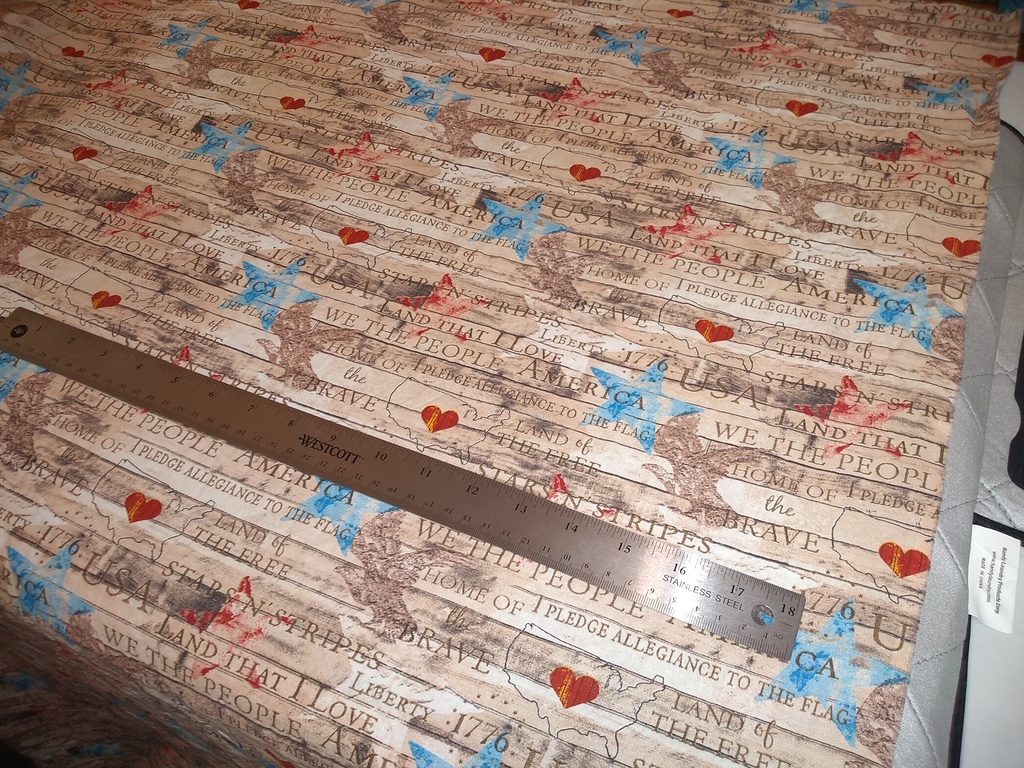
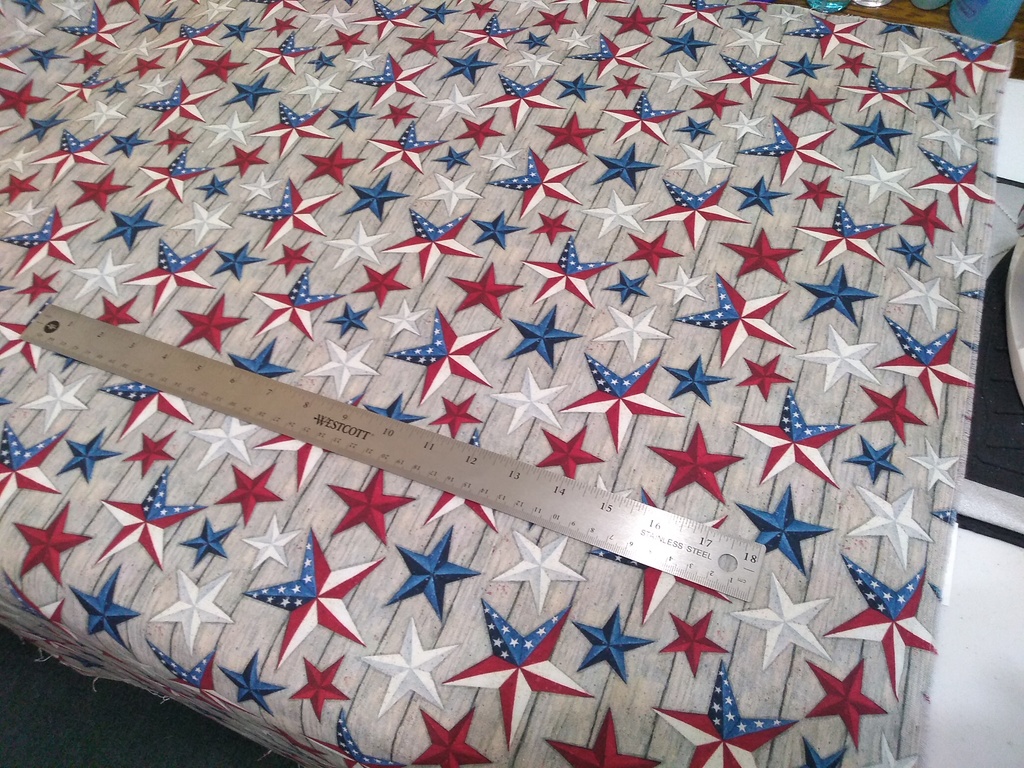
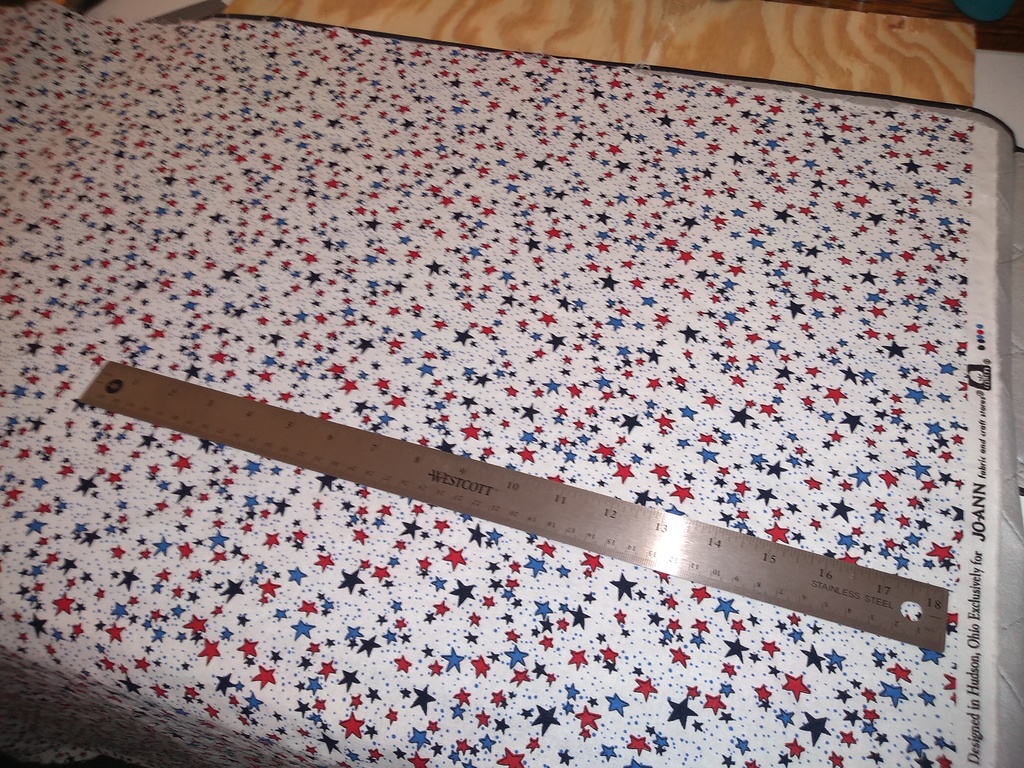
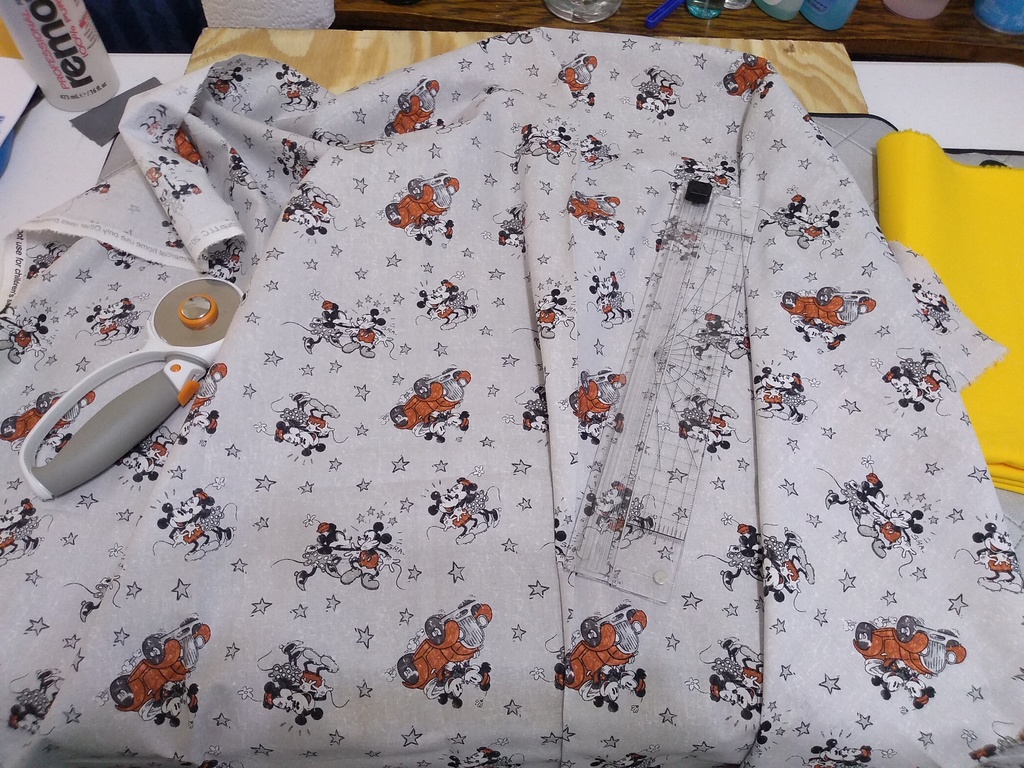
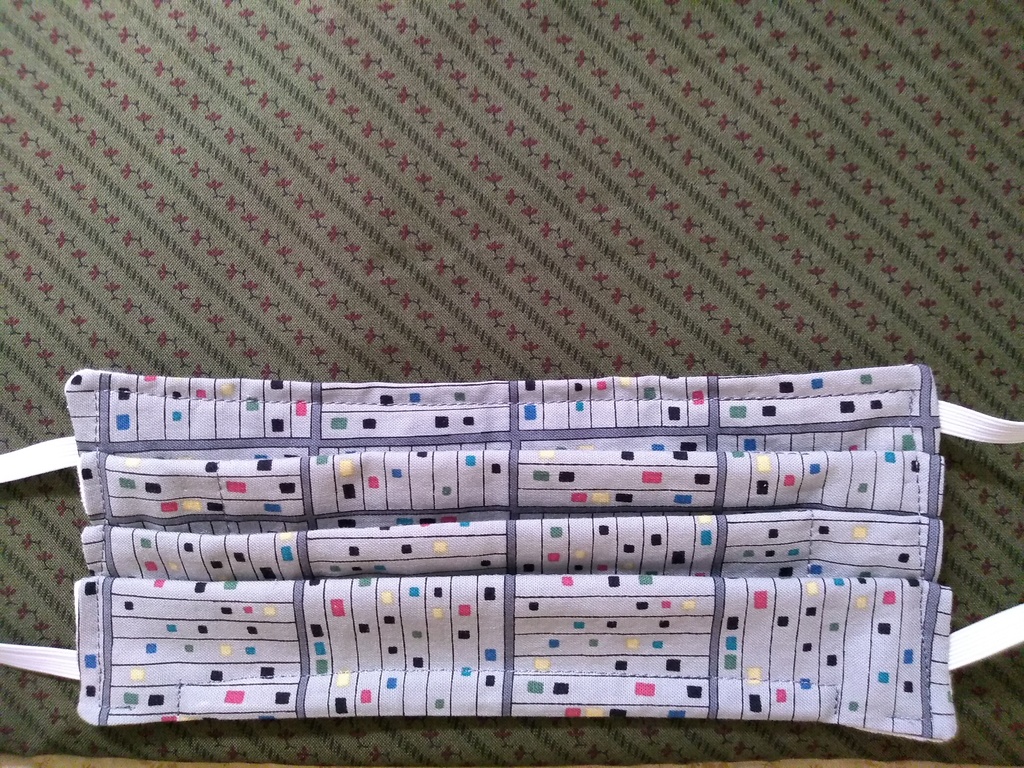
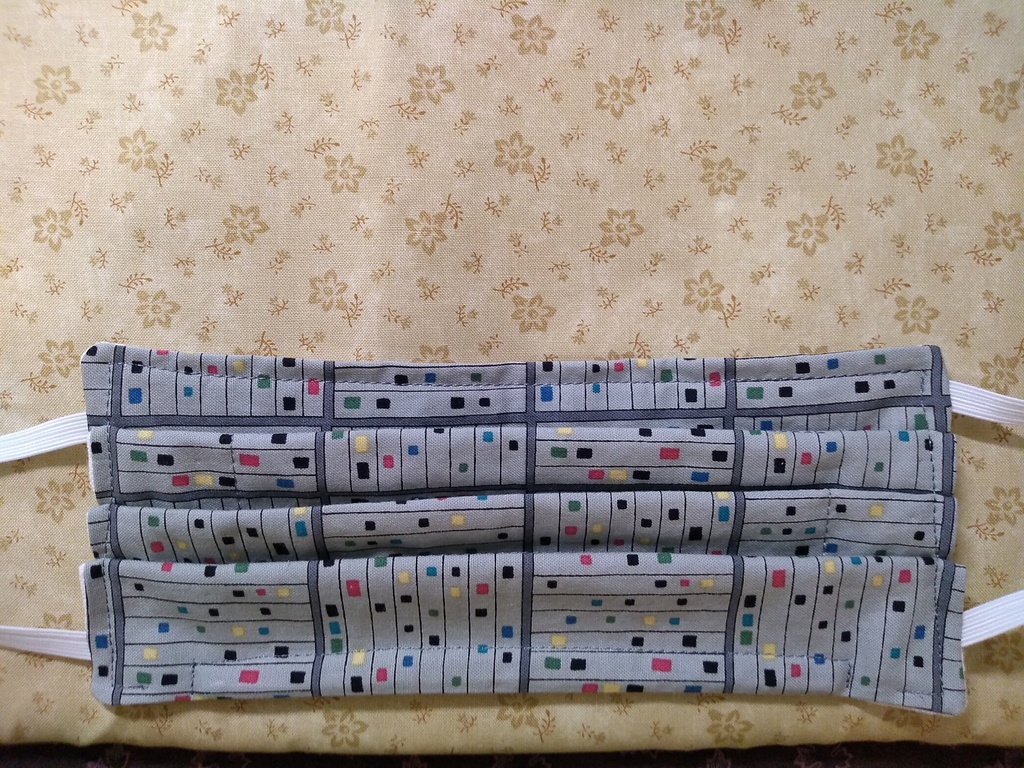
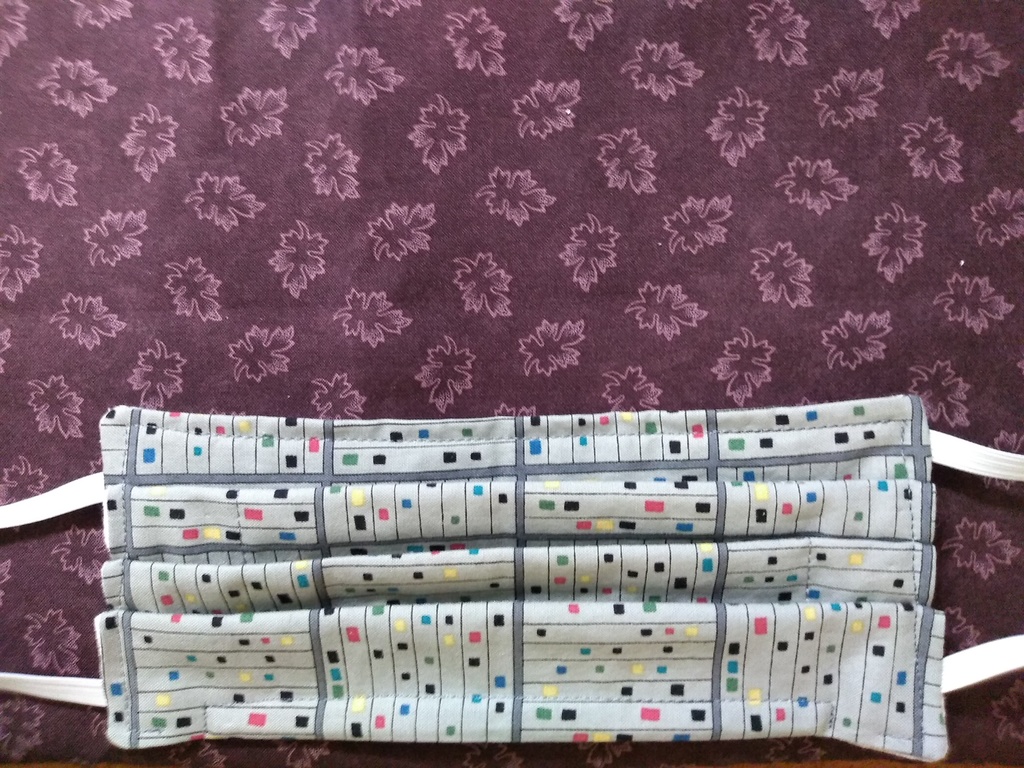
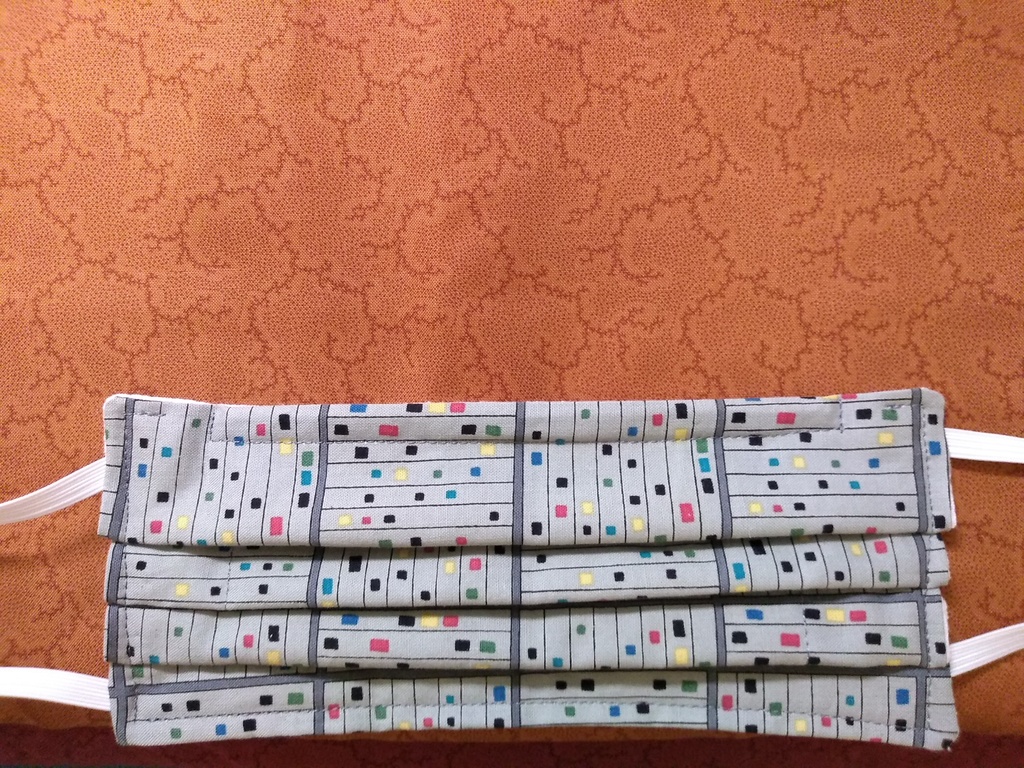
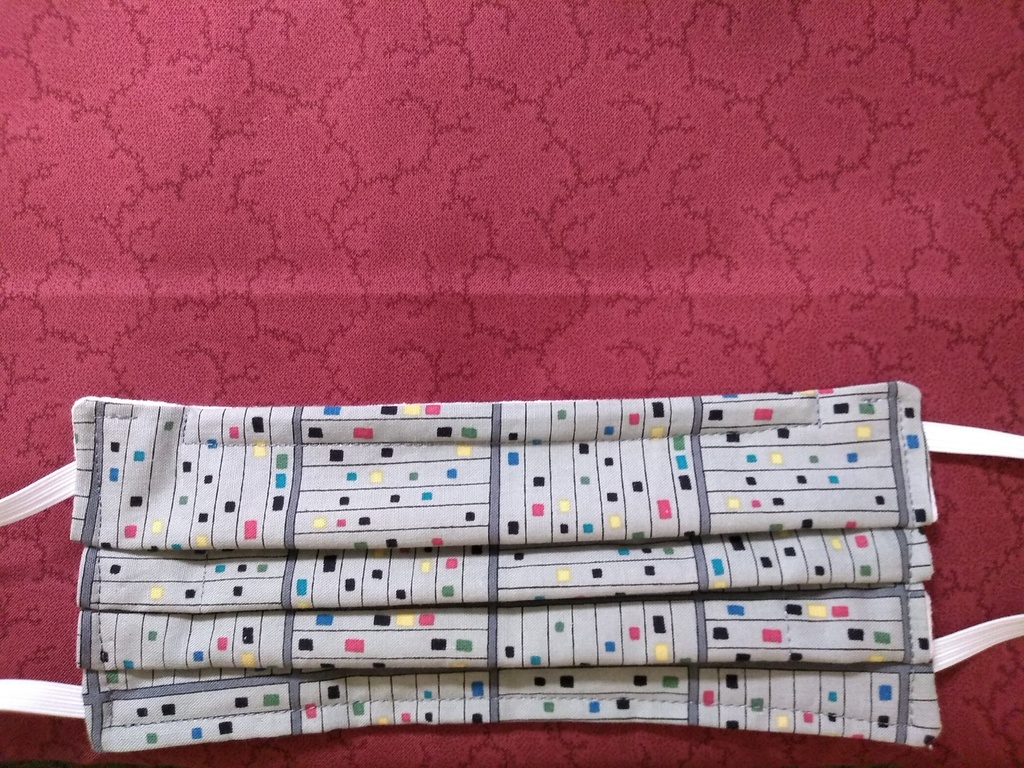
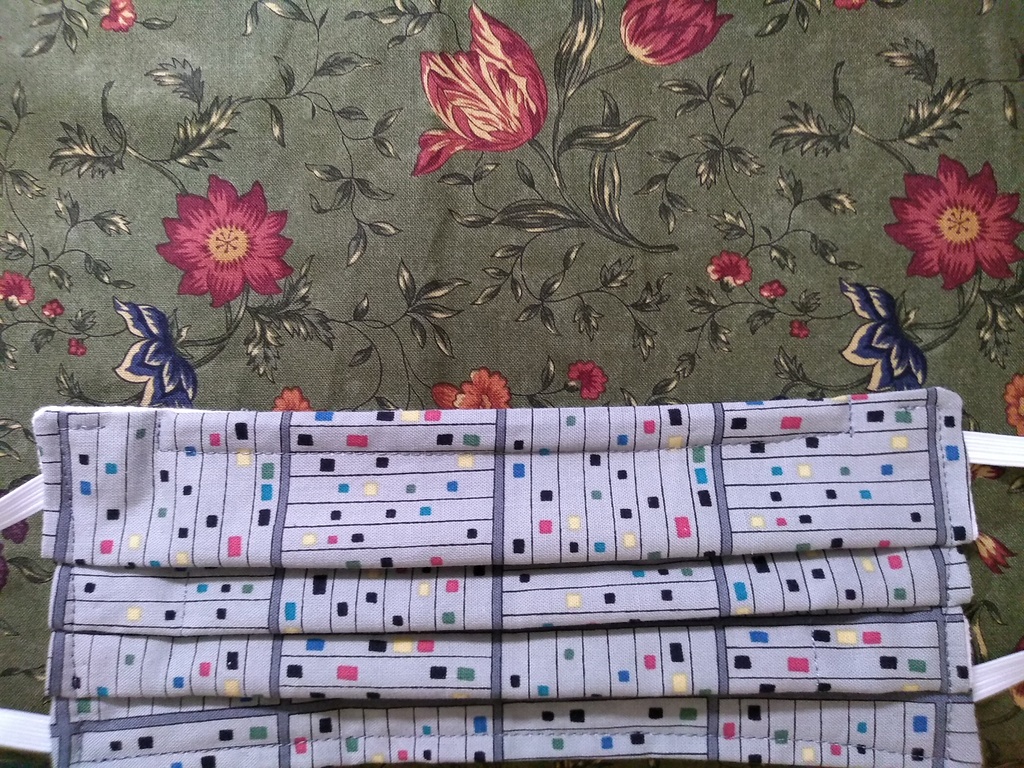
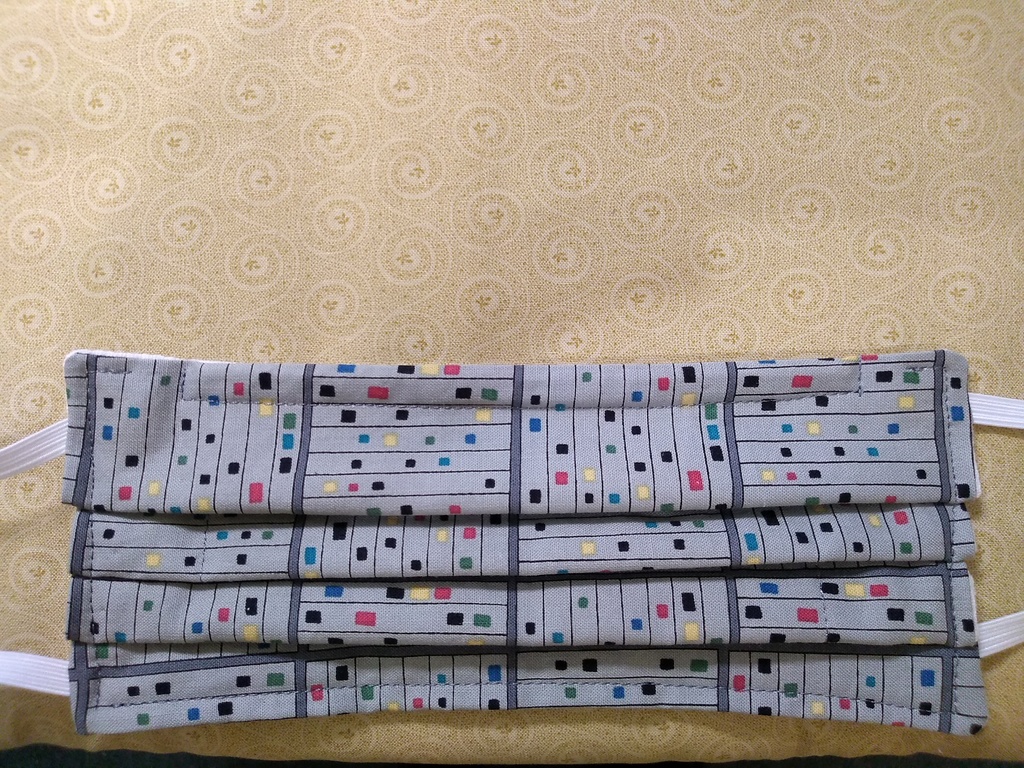
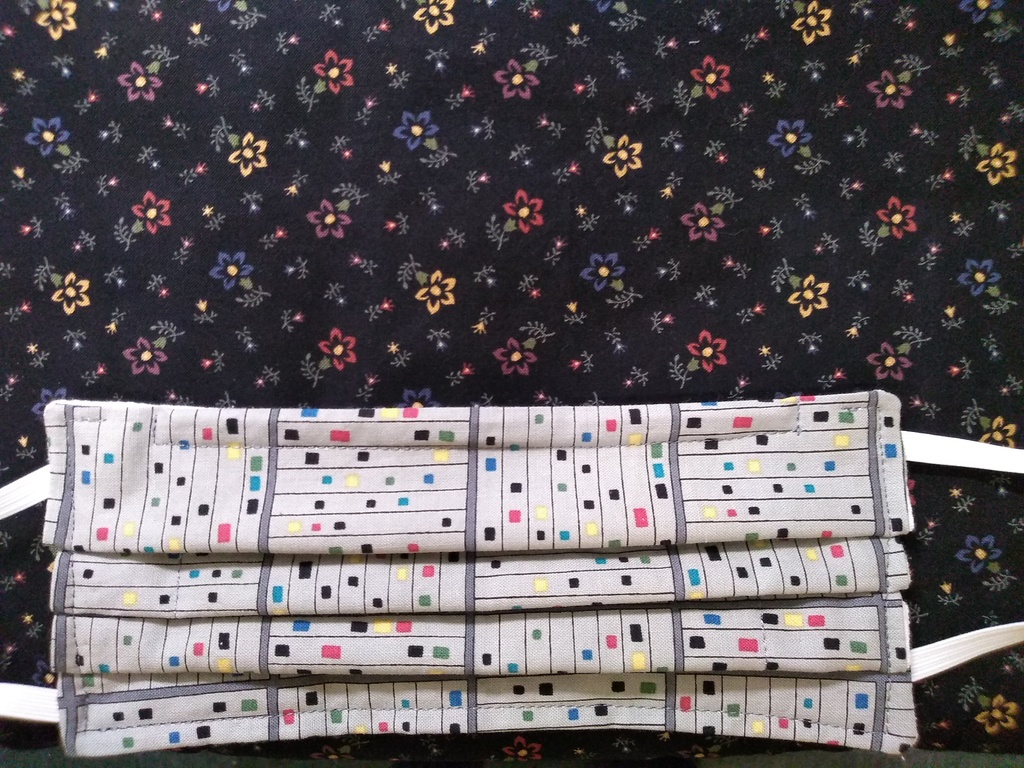
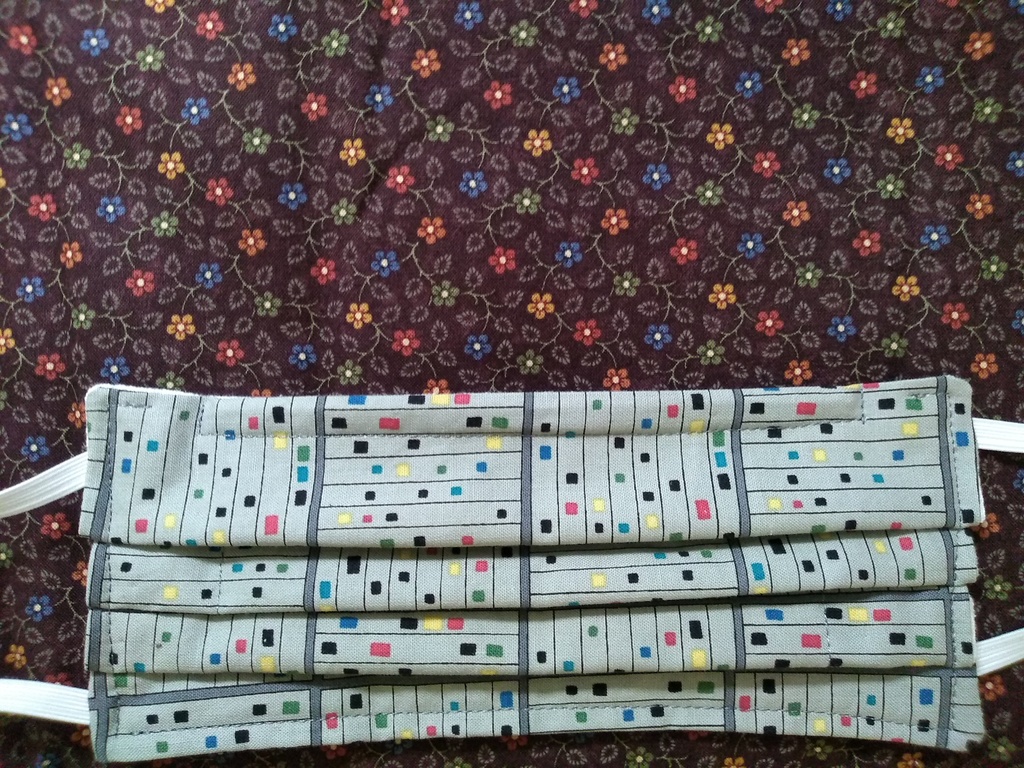
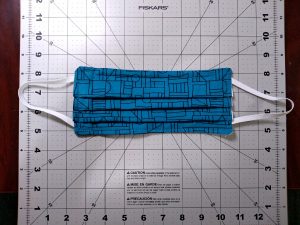
Recent Comments